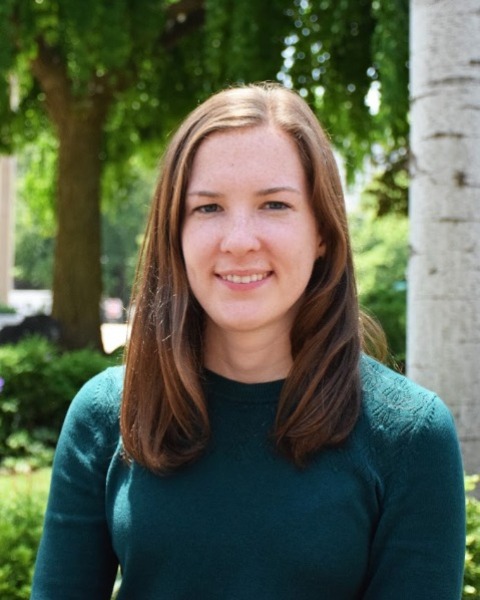Category: Medical/Surgical/Diseases/Complications
Poster Session IV
(930) Differences in placental pathology of preeclampsia by gestational age at delivery
Preeclampsia (PE) is associated with the characteristic placental histology of maternal vascular malperfusion (MVM). However, MVM is not present in all cases with a clinical diagnosis of PE, particularly those with later onset, reflecting possible differences in underlying mechanism between early and late onset PE. The purpose of our analysis was to investigate differences in placental pathology by gestational age at delivery.
Study Design:
Electronic health records for all singleton live births between January 2009 and March 2018 were obtained from the electronic data warehouse of a single tertiary care center. PE was classified into late onset term (≥37 weeks), late onset preterm (34-36 weeks), and early onset preterm ( < 34 weeks). Placental lesions were grouped into 4 graded categories: acute inflammation (AI), chronic inflammation (CI), fetal vascular malperfusion (FVM) and MVM. Demographic and placental characteristics were compared across the three PE groups.
Results:
109,773 singleton live births occurred in the study period. 1,373 (1.1%) had an ICD code or documented diagnosis of PE, of which 728 (53%) had a complete placental pathology report. 45% had late onset term PE, 31% had late onset preterm PE, and 24% had early onset preterm PE. Patients with early onset preterm PE were more likely to be Black, deliver via c-section and be multiparous. MVM was present in almost all early onset PE (95.4%), and less prevalent as gestational age advanced (late onset preterm (69.8%) and late onset term (50%; p< 0.01; Figure)). In contrast, AI was most common among those with late onset term PE (57.0%) and least common among those with early onset preterm PE (19.4%; p< 0.01). No differences were observed in CI or FVM. Villous chorangiosis was significantly more common in the late onset PE group without MVM (6.6% vs 2.2%; p=0.01).
Conclusion:
Placental pathology in PE differs based on gestational age at delivery, with MVM seen in nearly all early onset PE cases and only 50% of term PE cases. These findings suggest a different mechanism of late onset PE than early onset PE.

Alexa A. Freedman, PhD (she/her/hers)
NorthShore University HealthSystem
Evanston, Illinois, United States
Sunitha C. Suresh, MD
Physician
NorthShore University Health System
Evanston, Illinois, United States- GM
Greg E. Miller, MPH, PhD
Northwestern University
Evanston, Illinois, United States .jpg)
Ann Borders, MD, MPH, MSc (she/her/hers)
Clinical Associate Professor, Executive Director ILPQC
NorthShore University HealthSystem, Evanston Hospital
Evanston, Illinois, United States- LE
Linda M. Ernst, MD
NorthShore University Health System
Evanston, Illinois, United States

.png)
